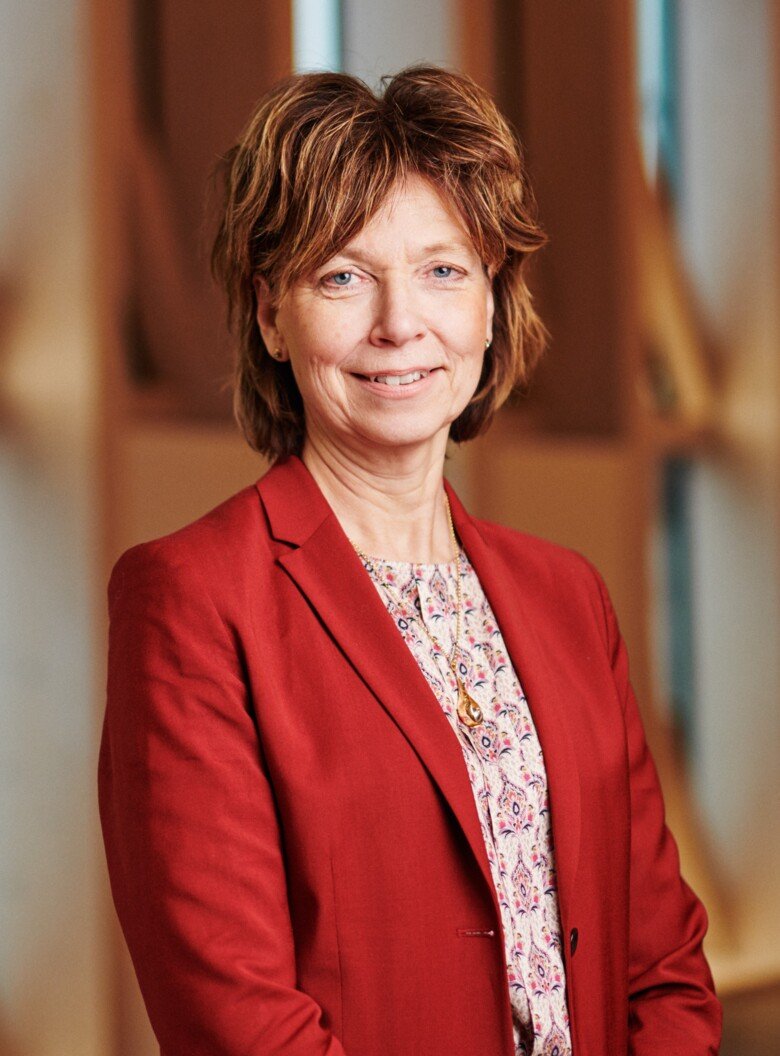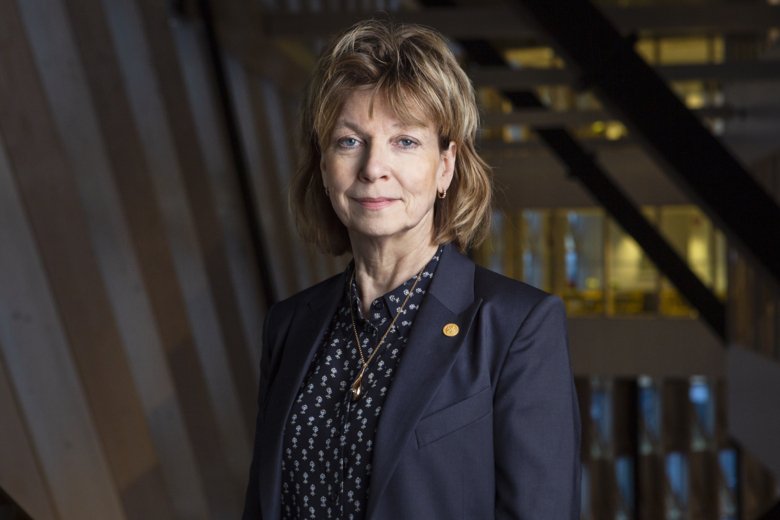Surveying patients to understand the mechanisms behind kidney disease
Annika Östman Wernerson researches molecular mechanisms causing different kidney diseases in the hope that the knowledge generated will lead to more effective diagnosis, care and treatment. She also researches the field of pedagogics, studying how students cope with and are affected by unpleasant experiences during their education.

Annika Östman Wernerson’s research concerns what actually happens in the event of different kidney diseases. Better knowledge of disease mechanisms can help bring about more effective diagnosis and follow-up and inspire new therapies.
“A lot of work needs to be done,” she says. “There’s still so much to learn about what causes some of our common kidney diseases, and we need improved ways of making diagnoses and monitoring the progress of the diseases in individual patients so that they can be given more personalised treatment.” Her research also includes studies of plantation workers in e.g. Central America who are suffering from chronic kidney disease.
Professor Wernerson and her colleagues have started a project in which they carefully map patients who undergo renal biopsy where they save tissue for gene expression analysis.
“The project allows us to make systematic studies of gene activity in sick and healthy kidney tissue and to relate to morphology and to biochemical data in blood and urine. New methods enable us to analyse gene expression in the tiny biopsy samples this involves.”
Medical students' learning process
Another of her research lines concerns pedagogy. In an ongoing study she is examining how medical students’ learning process is affected by unpleasant experiences during their studies.
“Students face many tough situations in their clinical placements, such as conveying distressing information, handling demanding patients or taking decisions under time pressure,” she says. “We have to be better to pick up their experiences and talk about them. The aim is to improve education and make students better prepared for their future profession.”
Text: Anders Nilsson, first published in the booklet “From Cell to Society 2016"
More about Annika Östman Wernerson

Kidney specialist with a passion for education
Annika Östman Wernerson is Professor of Renal and Transplantation Science and has a passion for pedagogical research. On 1 March 2023, she also became KI's new President. One of her goals as President is to streanghten internal dialogue.
